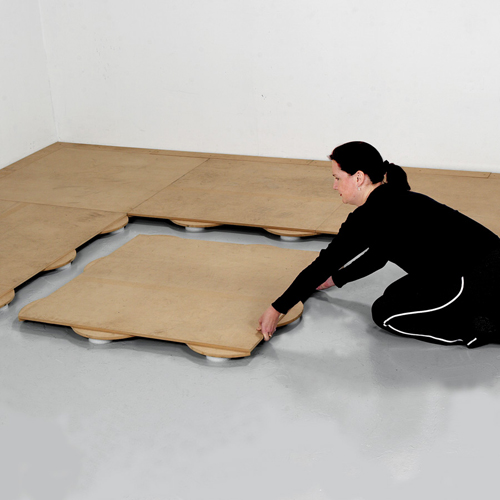Essential Security Protocols to Guarantee a Enjoyable and Secure Dancing Area Experience at Occasions
When planning an occasion with a dance floor, guaranteeing the security of all attendees is essential. A fun and secure dance floor environment can improve the general satisfaction of the occasion. To attain this, occasion organizers should implement key safety protocols that cover different aspects of the dance setting. These protocols not only protect guests but also foster a friendly atmosphere where all can feel at ease and have a good time.One of the primary safety considerations is the physical area of the dance floor. It is crucial to make sure that the space is sufficiently sized enough to hold the anticipated number of guests. A crowded dance floor can result to incidents, such as tumbles or crashes. Planners should also inspect the flooring material to confirm it is appropriate for dancing. Even surfaces, such as wood or laminate, are preferred, while rug can pose slipping hazards. Additionally, maintaining the dance space free of hazards, such as seats or furniture, will help prevent injuries and facilitate for a more enjoyable experience.
Illumination plays a significant role in establishing a safe dance floor environment. Proper illumination not only sets the atmosphere for the event but also helps guests move through the dance floor rental for private functions space safely. Dim lighting can make it hard for dancers to see their environment, increasing the chance of accidents. Therefore, planners should use a mix of ambient and directed lighting to illuminate the dance floor sufficiently. Emergency indicators should also be clearly visible, and planners should ensure that the illumination is adjustable to suit different types of music and dance genres.
Another important aspect of security on the dance floor is audience management. Event staff should be prepared to monitor the dance space and ensure that guests are acting appropriately. This includes tackling any instances of overcrowding or unacceptable behavior that could lead to issues. Additionally, having a designated area for guests to have breaks can help reduce fatigue and avoid accidents. Providing water dispensers nearby can also promote hydration, which is essential for maintaining energy levels during dancing.

Finally, it is essential to communicate safety guidelines to all participants. Before the occasion begins, organizers should inform guests about the rules and guidelines for the dance floor. This can include reminders to be aware of their surroundings, honor personal space, and avoid excessive drinking consumption. Offering clear instructions can help create a culture of security and accountability among guests. By fostering an environment where all is aware of safety practices, event organizers can ensure that the dance floor remains a enjoyable and secure space for all participants.